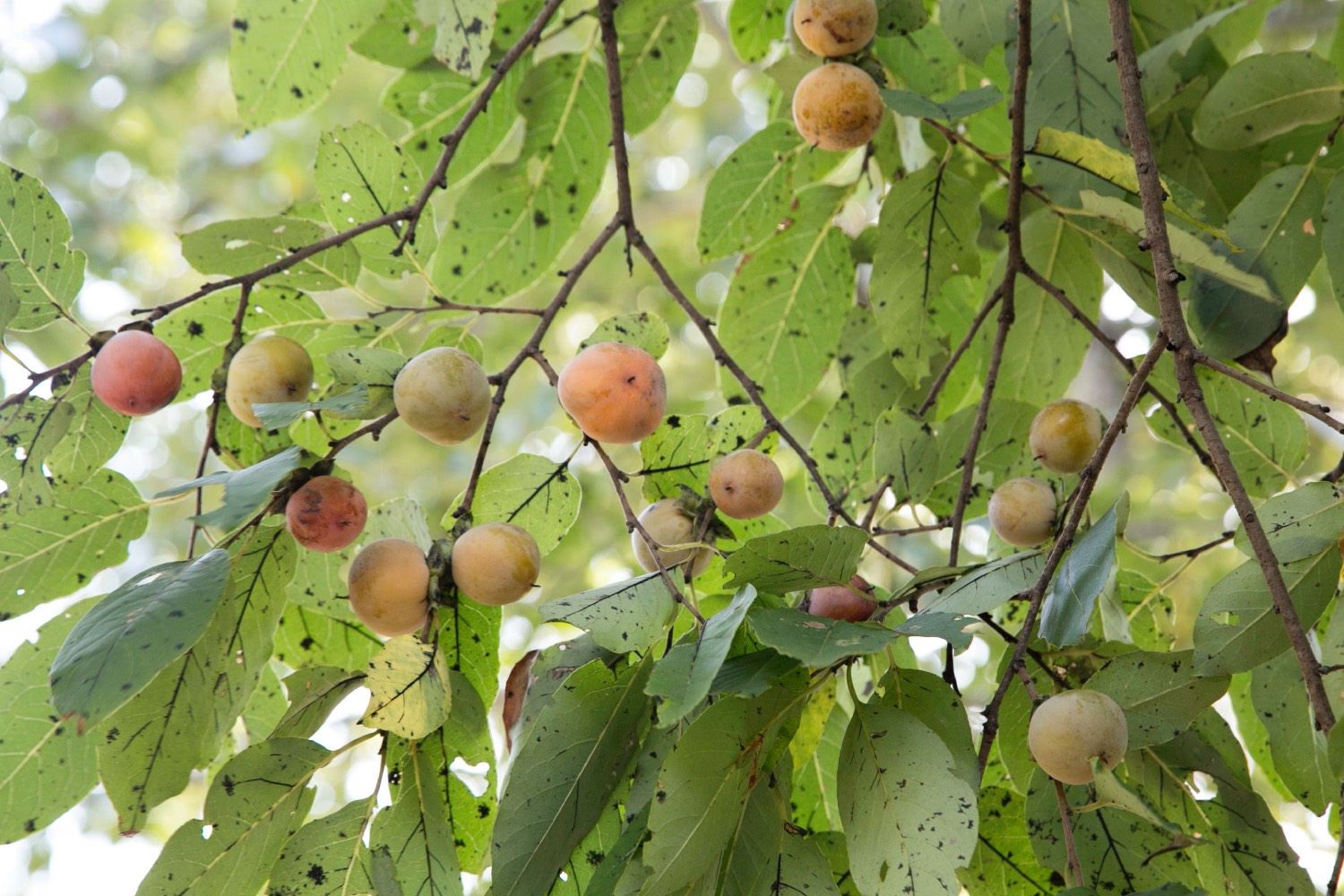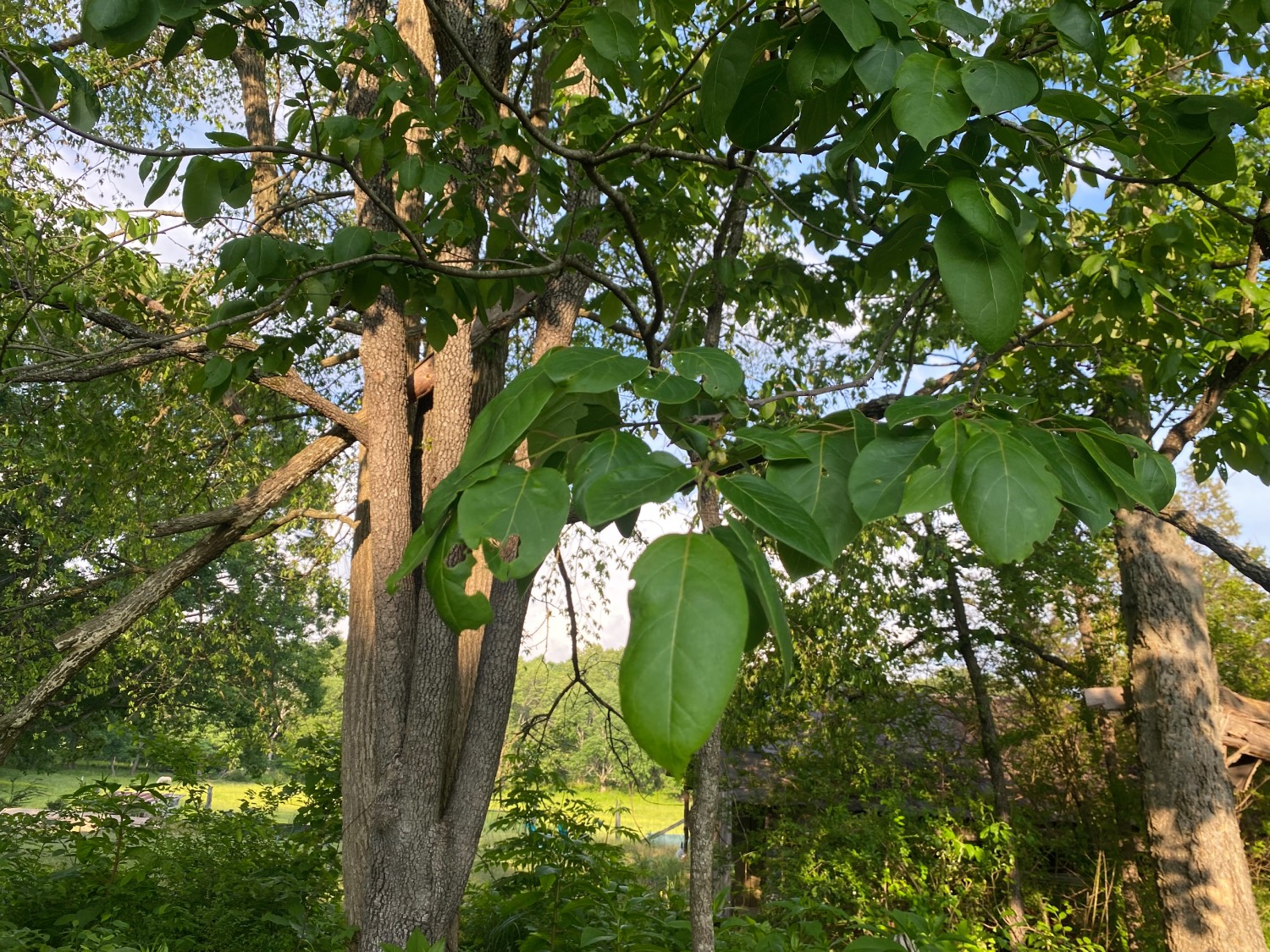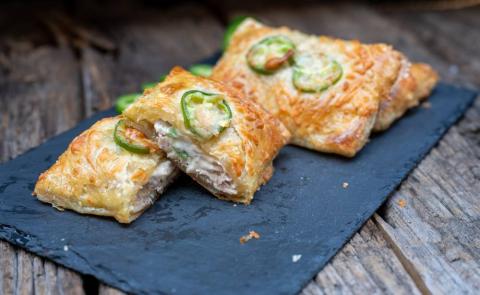Chris Bridges
In the eastern hardwoods of North America, there are many forest tree species that play important roles for wildlife that sometimes go unnoticed. We are all likely aware of the keystone roles that oak species play and the importance of acorns as hard mast for a range of different wildlife. However, the soft mast producing species often do not get the recognition that they warrant when landowners develop forest habitat management plans. By better understanding the biology of persimmon and its importance for a wide variety of forest species, landowners can identify and manage this tree for game and nongame wildlife.

Why Should I Grow Persimmon?
Persimmon is one of those trees that many of us remember solely because of the astringent taste of the immature fruit. If you have ever been tricked by someone into pulling an immature persimmon from the tree and eating it, you will certainly never forget it. While the fruit are pleasant when fully mature, the sourness of immature persimmon will certainly leave an impression. To me, this makes their importance for wildlife all the more interesting.
As anyone who regularly looks for signs left behind by deer on their property can attest, persimmons are a much-preferred food source for deer, foxes, raccoons and opossums. Additionally, sprouts that readily grow from the stumps are also a source of browse for deer. A native tree that provides soft mast and browse for deer should be part of any forest wildlife management plan.
Take note that here that I am describing American persimmon, also known as common persimmon or even eastern persimmon, which is the species that is native to North America. Horticulturalists use Asian persimmon to meet the growing demand for fruit production for human consumption. However, our own native American persimmon provides fruit as well as a range of benefits for bees, moths and a wide range of other wildlife.
How Can I Manage Persimmon for Wildlife?

Given that persimmon is native to most all of the Southeast and portions of the Midwest, it should be well-suited to the soils and sites of most landowners in these regions. I have found it most in old pastures, field margins and along roadsides. It grows well in full sun, making it one of the first colonizer plants in abandoned field margins. However, it is able to persist in partial shade. Obviously, improving access to sunlight will increase soft mast production. Therefore, identification of this tree within forest stands and fields can allow landowners to manage competition as a means of improving the crop of persimmons produced.
I typically use the leaf and bark of persimmon for identification when fruit is not in season. The oblong leaves are usually two to six inches long and up to two inches wide with smooth leaf margins. The bark is often dark and blocky. The yellow to orange fruits can range from one to two inches in diameter and make identification simple when in season. Mature persimmon trees typically reach thirty to seventy-five feet tall. Another important characteristic that I use to identify persimmon is black fungal leaf spots that show up late in the growing season.
Another important thing to remember is the pollination requirements for any tree that you are planting for wildlife mast production. American persimmon is dioecious, meaning that the male and female flowers appear on separate trees. While this may not seem to be a major complication in areas with many persimmon trees, the need for pollination from a separate tree requires that land managers help to accommodate this by preserving or planting multiple trees together. Because persimmon is insect-pollinated, efforts should be made to ensure access to multiple trees which will increase the likelihood of good pollination for fruitset and mast crop production.
Additionally, the deep taproot that persimmon trees put down makes them very tolerant of marginal soils and site conditions while simultaneously making them difficult to transplant in the wild. Obviously moisture is key to early survival of persimmon seedlings, but access to irrigation water is often an issue in wildlife plantings, food plots or mast orchards. Planting high quality stock from a reputable native plant nursery will help to improve chances for success in wildlife plots.
Because it is helpful for both tree survival and growth rate to match the genetics of planting stock to local conditions, consideration must be given to the sources of persimmon trees being planted. Perhaps one of the most cost effective strategies for landowners seeking to improve soft mast production on their properties would be to learn to identify young persimmon trees along roadways, filter strips and drainage ditches.
Given that the young persimmons coming up volunteer are already exhibiting some degree of adaptation to soils, site and climate, these should likely make excellent candidates for wildlife crop trees. Simply flagging these trees with orange tape can help to avoid herbicide applications, or signal for equipment operators to drive around when mowing. Whether these trees are managed in place or used as nursery stock for transplant if sufficient moisture can be maintained, young persimmons can be a valuable addition to wildlife orchards. Because persimmon trees must be four to ten years old before they begin to bear fruit, any strategies that can expedite tree growth will be helpful to minimize time to mast production. Identification of vigorous local volunteer seedings and sourcing high-quality nursery stock for wildlife plantings are both potential strategies that land managers can use to incorporate persimmon trees into habitat improvement projects.






























